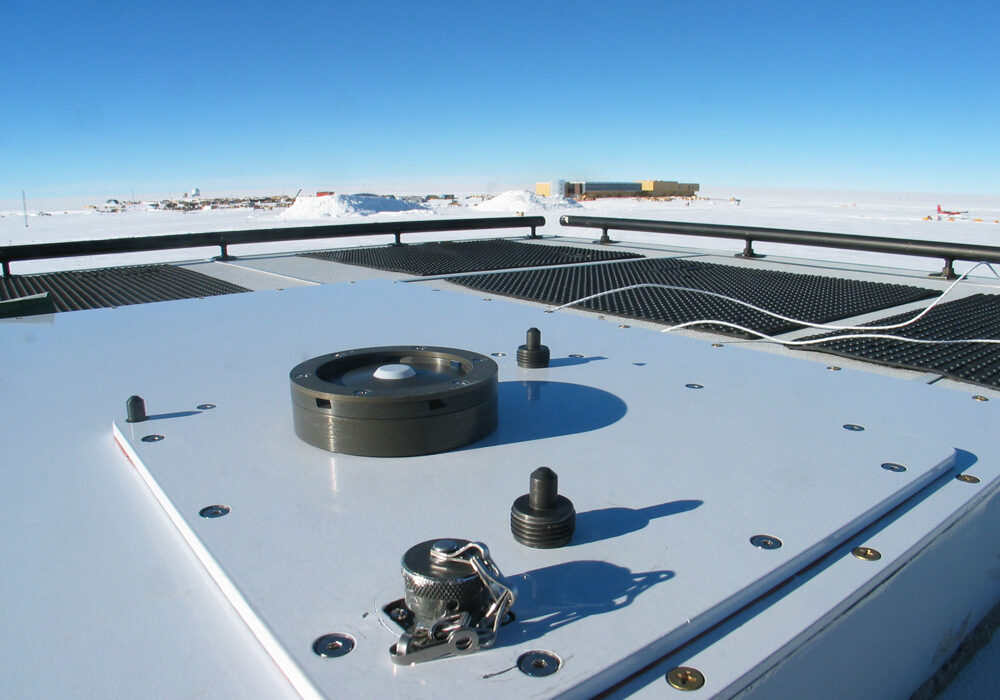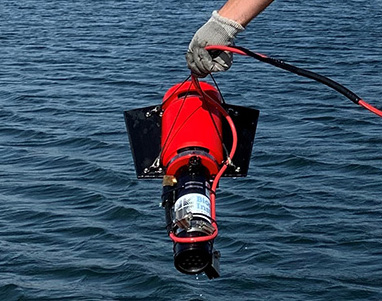Founded in 1977
Biospherical Instruments has rich legacy of innovation and environmental monitoring
Since its inception, Biospherical Instruments (BSI) has broadened its product line and established an international reputation as a leading manufacturer of high-quality optical instruments for the oceanographic, atmospheric, water quality, biological sciences, and defense communities.

BSI’s products include oceanographic and airborne arrays and sensors, global terrestrial UV monitoring systems, water quality monitoring systems for municipal reservoirs, and a wide variety of UV, visible, NIR, and SWIR wavelength radiometers for use in oceanographic and atmospheric research.
Although it was introduced in 1978, the QSL-100 is still found in many labs throughout the world. Photons striking the Teflon® irradiance sphere of this PAR sensor is integrated from all directions, much as an algal cell would collect light for photosynthesis. This photon-collecting sphere is still the basis for our scalar irradiance collectors, the latest of which are the MPS-PAR and AMOUR sensors.
Leadership Team
Founder Emeritus
CEO - Adaptisense
COO - Adaptisense




















